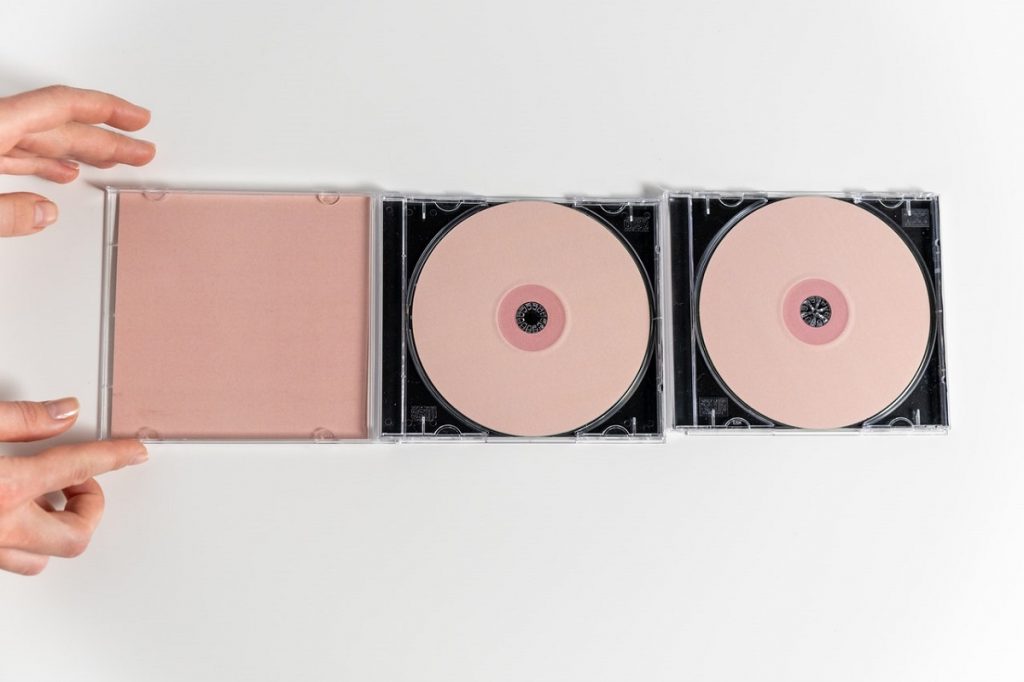The evolution of technology has had a significant impact on society. It has completely changed the way we live, making our lives easier and more efficient. In addition to that, it has changed the way that we consume information and content. Even the way we listen to music has changed drastically, shifting from older formats like records, cassette tapes, and CDs to digital streaming. These days, listening to your favorite music is as easy as touching your screen.
While we continue to enjoy the benefits of digital streaming and distribution, it’s important to know where these technological advancements started from. Whether you’re old enough to have experienced older formats of music or someone born in the era of iPods and digital streaming services, find out how the compact disc revolutionized the music industry and led us to where we are today.
How the Compact Disc Came to Be
Before Spotify, Apple Music, Youtube, and all other streaming platforms, the world was introduced to what would soon revolutionize the music industry and become the catalyst for what we now know as digital streaming: the compact disc or the CD. Now, the idea of having to carry around a small circular object that only contained ten to 12 tracks and needed a player to function seems outdated and efficient. Still, at the time, this was a revolutionary invention.
Invented by James Russel in 1979, due to his dissatisfaction over vinyl records wearing down over time, the compact disc became the first optical data storage system, allowing more tracks to be stored on a smaller surface area. However, Russel’s creation went through multiple mediums until Sony and Phillips created the finalized version under the “Red Book” standard, digitizing audio at 44,100 samples per second.
This was seen in its early debut on BBC series Tomorrow’s World in 1981, where Kieran Prendiville, presenter of the show, demonstrated the technology of the CD for the first time in public, playing the Bee Gees hit, “Living Eyes.” The new technology eventually made its way to the public’s eyes by 1983, alongside Sony’s CDP-101, the first commercially available CD player. Needless to say, the device was expensive, but that didn’t stop consumers from falling in love with this new medium of music.
The Rise and Fall of the CD

The Rise of the Compact Disc
After only having less than 20 albums available in this format, the compact disc eventually rocketed to stardom. Both aspiring and famous musicians produced albums on CDs to share music more efficiently. The popularity of CDs made such an impact on the music industry that it eventually overtook the cassette in 1991.
CDs were not only revolutionary because of their size and the amount of data they could store. They were also a great way for aspiring artists to promote themselves by giving out demos, with songs stored onto Compact Disc Recordable (CD-R) and eventually Compact Disc Rewritable (CD-RW) discs, to people in busy areas and get their music out there. CDs also allowed artists to express their artistic side by adding customized album artwork onto the disc to stand out from other musicians. Many bigger artists even released limited edition CDs as a marketing strategy to increase demand and profits.
The Beginning of the End
By 2007, more than 200 billion CDs had been sold across the globe. But the CD’s fall was imminent and began as early as 1999, with the file-sharing service Napster becoming the new way to listen to music. Audio files could be easily taken out of their discs and shared between people through this new service, and it paved the way for similar sites like uTorrent and LimeWire.
Even as Napster shut down in 2001, the CD industry couldn’t get a break, as MP3 players like the iPod came into view. Along with iTunes, it became the newest must-have for music enthusiasts alike. By 2005, the Apple music program had outdone CD sales for the first time in history.
This eventually led to the beginning of the end of CDs. Pandora, an internet radio service, allowed listeners to discover new music based on artists and songs they liked, dictated by a thumbs-up or down rating.
The Shift from Physical to Digital
Eight years after the beginning of Pandora, in 2008, Spotify came to be. Together with Pandora, the two companies offered free and affordable music while saving storage space and not worrying about legalities. By 2014, Spotify had become an industry giant, towering over CD sales from streaming revenue alone.
While CDs are not as significant as they once were, they still do exist. In countries like Japan and Korea, physical sales still matter to companies. They continue to entice fangirls and fanboys with aesthetically pleasing CD albums that sometimes contain limited-edition merchandise and collectibles. The same goes for the West, where fans of a specific artist collect different kinds of signed memorabilia like albums or posters to add to their collection.
The Future of Music Distribution in the Digital Era
Now, in the era of smartphones and digital content, companies like Spotify continue to dominate the music industry, but that isn’t to say it doesn’t have its significant issues. But despite any issues they seem to come under fire for, it’s safe to say that the streaming service, along with many other digital streaming platforms, isn’t going anywhere anytime soon.

